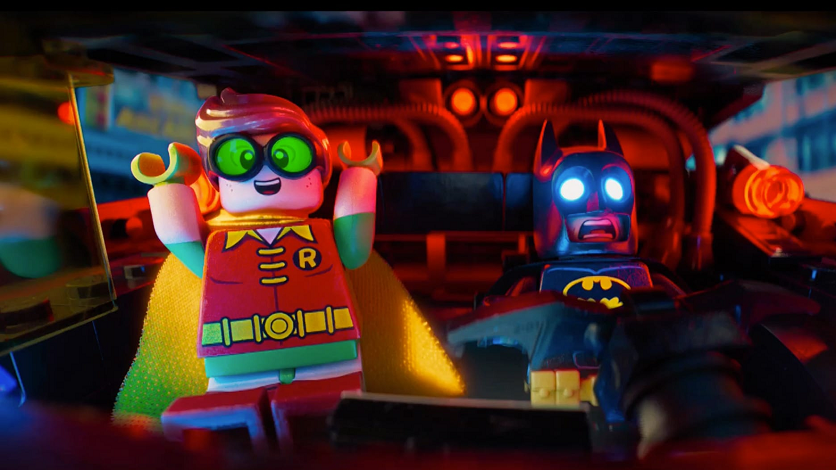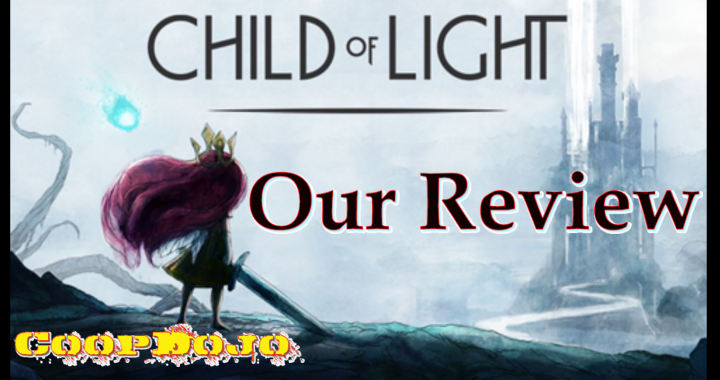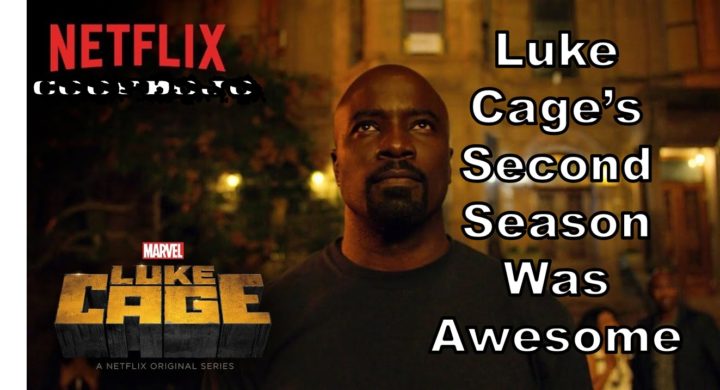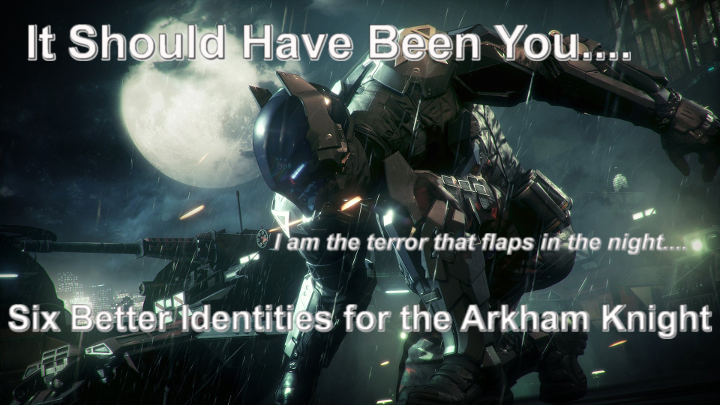
Four Things Wrong With Lego Batman
We caught the Lego Batman movie over the weekend and, well, we liked it just fine. It wasn’t the best Batman movie we’ve seen, or the best Lego movie we’ve seen, or the best Will Arnett movie we’ve seen, but it was pretty well done. That said, there were a few things that held it back from being as good as The Lego Movie. Here are the four things we thought were wrong with Lego Batman.
Number One: The Focus on the Phantom Zone
A large portion of the movie involves various characters entering and escaping from The Phantom Zone, which is an odd choice for a Batman movie. The reason the Phantom Zone is involved at all is hard to explain [inviso text on]: even after the Joker surrenders and is imprisoned, Batman decides a regular jail won’t hold him so he sets out to steal the Phantom Zone projector. Using the Phantom Zone lets other characters from other genres appear in the movie, but why characters like Dracula would be in Superman’s Phantom Zone is kind of a mystery. The Lego movie established separate worlds united by the fact that a child was playing with various sets. This movie never breaks into the “real world” or explores these other worlds, and so the Phantom Zone – as some kind of common landfill for villains – doesn’t make sense. And while it is fun to see characters from other movies and shows, I wish the film stayed centered on Batman’s world. In particular, I think staying more centered on Batman’s relationship to Robin and expanding the role of the other Batman villains (see below) would have given this movie the same focus the original Lego movie had.

One thing perfect in this movie is Michael Cera’s Robin. He’s easily the best Robin since Joseph Gordon-Levitt (ooh, spoilers! sorry!).
Number Two: The Lack of Characterization of Batman’s Villains
Batman boasts the greatest villain lineup of any superhero. His enemies are more established than Superman’s, more varied than Spiderman’s, and more interesting than most any other roster of supervillains. Unfortunately, the movie largely sidelines Batman’s villains in the movie in favor of the varied residents of the Phantom Zone. Most of Batman’s enemies mostly just appear for a quick sight gag before disappearing into the background (only Harley Quinn and Bane get any dialogue) and this seems like a real wasted opportunity. Here we have Danny DeVito’s Penguin alongside Tom Hardy’s Bane. There’s Billy Dee Williams’ Two-Face next to the original series’ King Tut. All of Batman’s villains from all his inconsistent incarnations are in one place, and they barely get a line or two in the entire movie. Such a wasted opportunity.

These guys need their own movie, and I don’t mean Lego Suicide Squad.
Number Three: This Version of the Joker is Not Great
Despite being voiced by a game Zack Galifianakis, the Joker here is also disappointing, and this relates very much to the central conflict of the movie: can Batman learn to care about others. Much like every other character, he spends much of the movie bemoaning the fact that Batman doesn’t value the (in this case, antagonistic) relationship they share. This kind of post-modern take on the decades-long relationship between a hero and villain, to me, would work with some less-well defined characters like Skeletor or Cobra Commander (perhaps in an episode of Robot Chicken). The Joker, though, is a very unique villain; he’s a manic agent of chaos, not a mopey, emotionally vulnerable person whose feelings need to be validated. We’ve seen a lot of versions of the Joker – all the way from “campy prankster” to “emo romantic” – but this “sad clown” version has to be my least favorite incarnation so far.

I really missed the Lego Joker from the Lego games.
Number Four: Way Too Many Slo-Mo Sad Scenes
Much like The Lego Movie, Lego Batman has a tendency to use a lot of slow motion sad closeups when characters either engage in morally dubious behavior or experience complicated emotions. In small doses this works well, but here – like in the original movie – the device gets used way too much. Batman runs from his problem and we get a slow motion closeup about it. He (predictably) changes his mind and we get another slow motion closeup. We need to have a some kind of quota system put in place on these sequences in future Lego movies. They work alright if seen once or twice, but the get a little tedious the fourth or fifth time.


